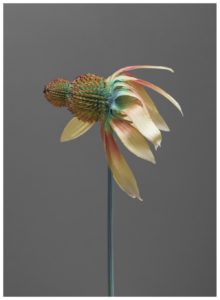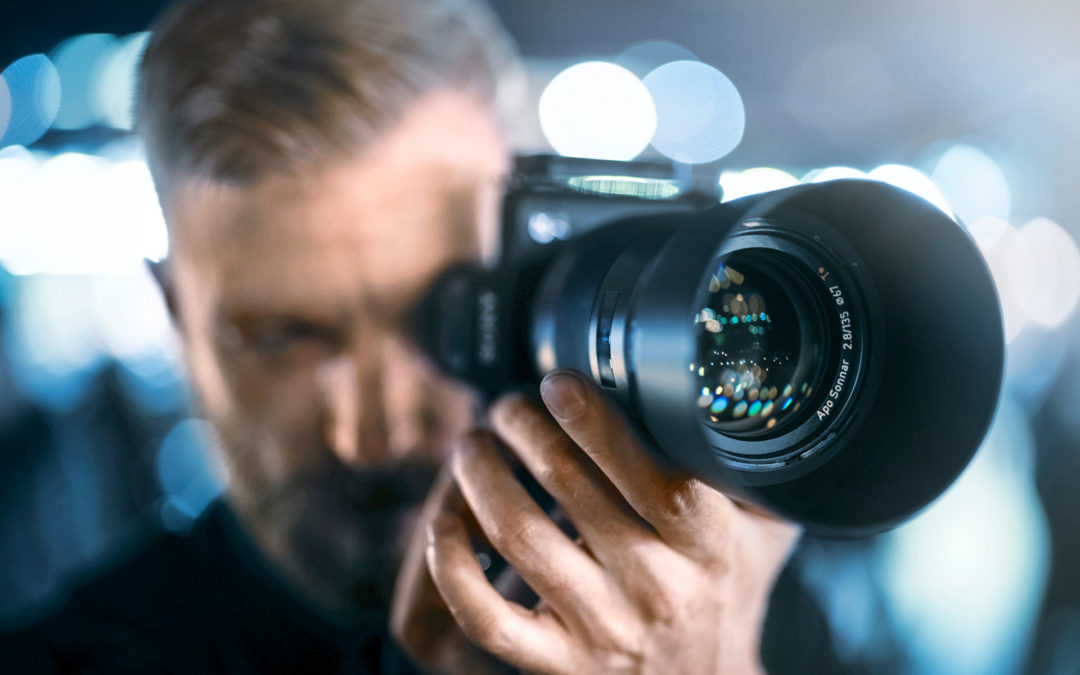Voice from the Congregation
By Henrieke and Cherry in collaboration with Gabriel Leung
About this blog series
No sector or vocation in Hong Kong escapes the redemptive power of the gospel. As such, we want to capture some of the different perspectives as seen from members of our very own congregation who are working or studying in different fields.
The Gospel and Photography – Photography as a Vocation
For with you is the fountain of life; in your light we see light. Psalm 36:9
Being influenced by his father who studied film, Gabriel decided to study Fine Arts in University in the States. His first job was an assistant under a commercial photographer – perfect for an introvert who likes drawing and design! It was clear to him that he was not made for the more common subjects that many may study, instead he wanted to immerse himself in the world of art. Having received his first camera from his father, he especially wanted to develop himself further within the field of photography. Challenging, as his school was not teaching photography per se. There was very little equipment available. However, Gabriel found photography rewarding, because he saw this as an expression of God’s character, who gives us the gift of beauty and creativity. He decided to work as an assistant with a photographer right after university, and so his career was launched!
The Shadow Side to Vocational Photography
In Hong Kong, not many artists can survive on a full time basis. Gabriel therefore decided to work within the commercial field. However, this particular field is increasingly competitive due to cameras becoming cheaper and more advanced – which means many more people are working within this field. Business may therefore become uncertain but at the same time sustainable via God’s provision; his family never lacked anything.
Being a commercial photographer means he is often asked to take pictures that are used for marketing purposes. Good photography and visual communications is crucial to marketing, as we live in a society who crave images and quick information. Sometimes though, in the quest to stand out, the photography and the touching up can result in fakeness, and maybe even misleading information. Sometimes, fashion, products, food and interiors are portrayed as promising and glorious, but the reality just does not match up. “Think of the tiny flats in Hong Kong shot with a wide angle camera in beaming sunlight. Think of the dress that drapes over a model so perfectly in all the right places, only to look so disappointingly ordinary when you put it on.”

Light particles – food
Working in a commercial environment can also bring its challenges when considering client management. He might be asked to do projects that do not align with his Christian faith (e.g. feng shui projects), but even the projects he would like to do can be difficult to execute. A struggle between a clients’ preconceived ideas about what is a good end product and the opinion of a professional photographer may arise. Often in these projects, especially when there are lots of stakeholders, it is challenging to reconcile the artistic goals with technical limitations. Gabriel describes the time he was coordinating a 3 year project (to be precise, it was supposed to be 1.5 years but dragged on until 3) with an elaborate outdoor art display conveying meaningful ideas on baptism, playing with the theme of water. It was an ambitious design requiring specialised materials, and had to comply with safety requirements, being able to withstand a typhoon number 10 for example. This led to many meetings in which 15 experts wanted to push forward their own ideas without a full understanding of the practical issues in implementation. This does not mean that there are no redemptive elements in this field. On the contrary, during these meetings Gabriel had the chance to share many biblical values with a team that were not as familiar with Jesus.

Spring of Living Water Project
Expressing his Voice
The redemptive elements in the field of photography are for him are mostly expressed through his own artistic projects in which he can work on his passions. In these projects he has the space to express his own voice. God has given him a gift, and he is determined to use it, and put out art even if people may not understand or like it.
“Art is good if it raises questions, or causes someone to think.” Whereas commercial photography is client driven, art work for an exhibition can be freeing though it’s not done for a living. He is ready to talk about any topic, even unpleasant ones, which might allow people to reflect on their own life. If we do not have faith, we all end in death and the uncertainty and injustice of our society can overwhelm. His art is then also meant to shake people up.
Inspired by the tragedy caused by an earthquake in Japan, Gabriel explored the theme of uncertainty in his work. While he was living there, he was just bombarded with images on the news with the wreckage and there was a lot of anxiety. He created a piece that was constantly wobbling, reflecting the uneasiness. It made him wonder what it looks like to have faith and not have faith during these times and how to face death.
People may not always respond to words, so Gabriel is asking deeper questions through his work in which people can reflect on how they see the world. He has displayed an ecosystem within a bag, but he also exhibited archival shots that showed the conflicting idea of something looking nice, yet being ugly. From real flowers, he created artificial ones that are mutated and not original. Which could make one ponder: What does the original look like?

Future Archive for Future – Art Exhibition
On the question of what his work in heaven could look like, Gabriel answered: “Not having to try to accomplish perfection”. It is so easy to get caught up in constantly refining your artwork, but we need to just get our work out there.

